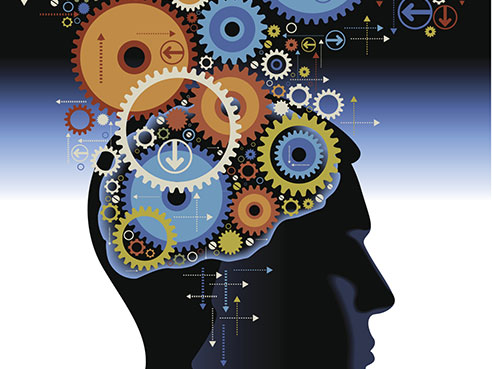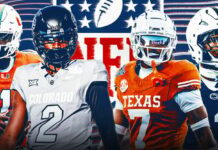Opposites attract. That’s true in most cases: relationships, career paths, and even in physics. But science, at times, can encapsulate many seemingly different branches of understanding. With this relationship, ostensible ‘opposites’ can relate in extraordinary fashions. With ongoing projects using tangible materials, The Jesuit Engineering Society embarked on a journey to UT Southwestern Medical Center to explore another sector of the web of science.
On February 16th, 2016, 20 students from the Jesuit Engineering Society traveled to UTSW to view and inquire about areas of neuroscience.
On the trip, students received a rare opportunity to “interact with the physicians, but they can ask any question they want and the physicians are really open about sharing their research,” according to science teacher and club moderator Ms. Julie Carver. One instance involved the group “[sitting] down with a physician who was researching diagnosis and treatment of the diseases. [They learned] her take on it and how they were isolating regions of the brain to determine where the source of the problem might lie.” With topics from epilepsy to strokes to others, the physician “was going over all the past history of the experiments, so she really laid the groundwork for us on how an ailment was discovered.” Highly complex methods for treating such diseases were discussed, one involving a 6-foot long catheter going from a vein into the brain. With intricate designs and tough problems, this field of work can be exciting for any engineer.
Jeremy Lane ’16, seeking this field of work for collegiate study, thought that “UTSW [can give] me a great insight into the field in addition to lab studying.” He added, “I particularly learned about the process of developing a lab study and the equipment we looked into was absolutely fascinating.”
Senior Josh Thias, another attendee of the trip, cited his interest in “engineering and science in the real world.” He continued, “I have been in JES (Jesuit Engineering Society) for the past two years and I’m the VP of Projects but I haven’t been able to attend many events outside of the school. Mrs. Carver is very flexible and schedules up to four site visits per year to extend the learning. Seeing the science and math take place is a very satisfying and connecting experience for all.” Specifically on the trip, Thias appreciated “the serious care and preparation that goes on at UTSW Medical Center between the labs, studying, lecturing, note-taking, and observation skills. All of these are reflected in the hard work of the students.”
With two different facets of science converging, these 20 students gained valuable insights from a field almost alien to them. Neuroscience has proven to be a salient field of study, allowing a curious engineering to become a skilled researcher and physician.






